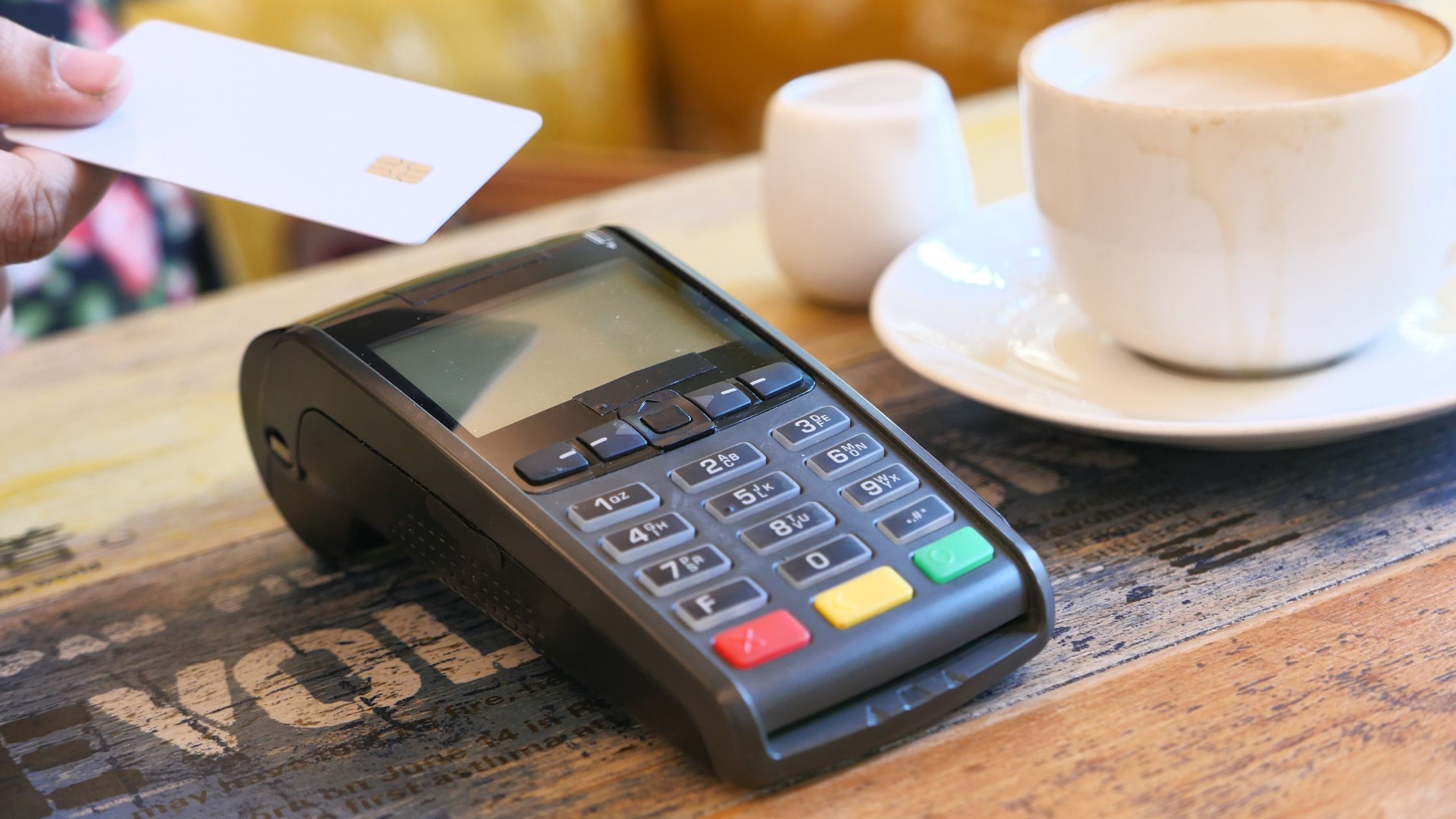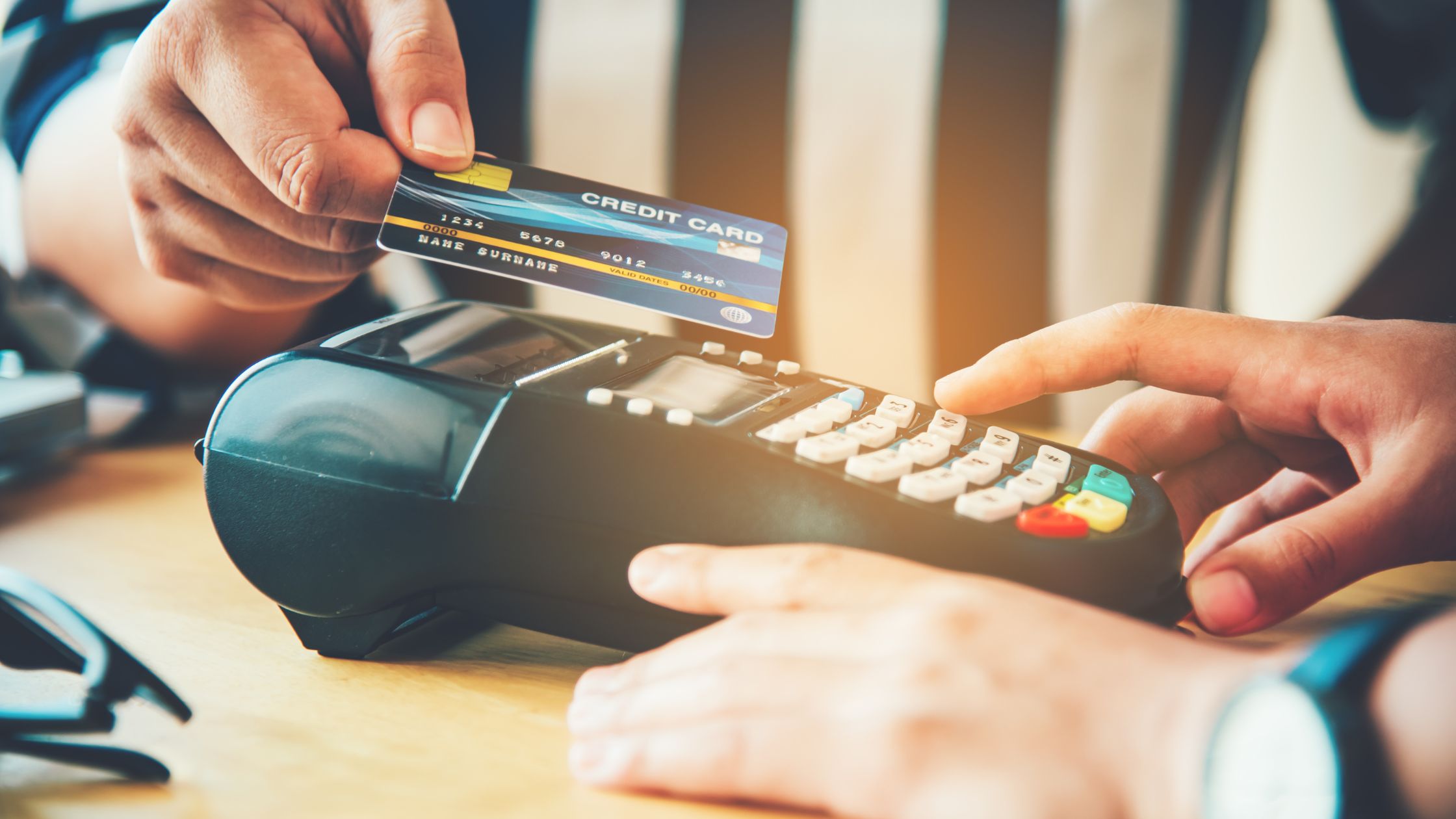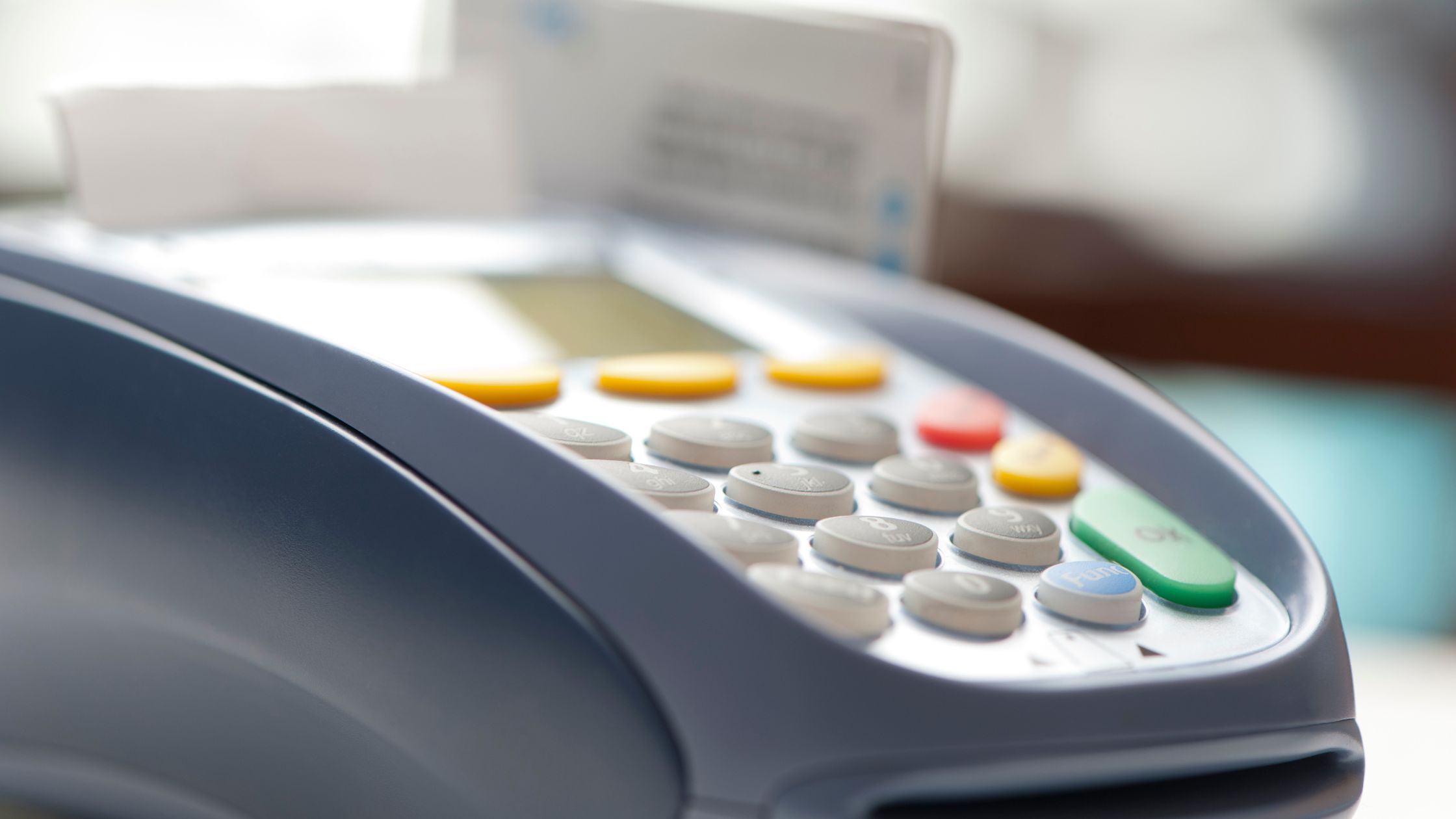Every restaurant faces similar challenges: speeding up orders, reducing mistakes, managing staff, and tracking inventory. A strong POS solution for restaurants worldwide addresses these issues by providing tools that improve accuracy, efficiency, and customer satisfaction. When operators deploy a reliable POS, they energize operations, simplify training, and scale without stress.
In today’s global restaurant industry, competition is intense and customer expectations are higher than ever. Diners expect faster service, seamless payment options, and personalized experiences. Owners need accurate reporting, efficient staff management, and tools that reduce costs. A robust POS system is no longer just a tool for processing payments—it has become the backbone of modern restaurant operations.
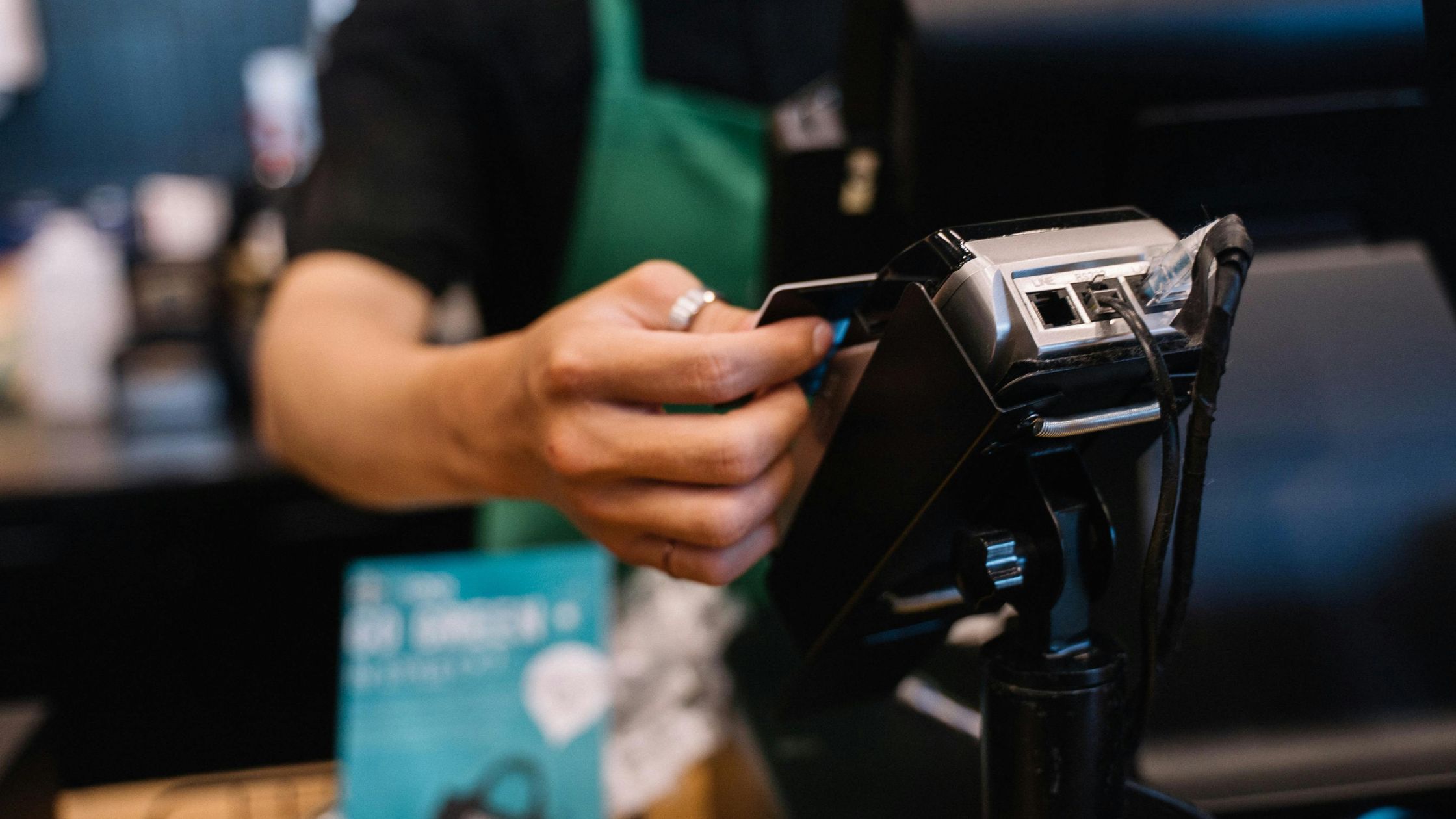
What a Great POS for Restaurants Do
A restaurant POS must go beyond just processing payments. It must handle order flows, table layouts, kitchen tickets, stock, and timely insights. Additionally, it should adapt to different restaurant types: fast food, fine dining, cafés, or food trucks.
Key Capabilities Include:
- Order management – Support for dine-in, takeout, delivery, ticket merging, and splitting.
- Inventory & recipe management – Tools to avoid shortages, minimize waste, and track ingredients.
- Flexible payment handling – Options for tipping, tax/VAT compliance, and accurate financial reporting.
- Hardware compatibility – Seamless use with touchscreens, printers, and cash drawers, plus offline mode.
- Real-time analytics – Reporting dashboards to guide menu updates, staffing, and performance improvements.
Benefits of Using a POS Solution Globally
When restaurants adopt a strong POS, they unlock advantages that go far beyond local improvements.
1) Higher Accuracy: Digital order entry reduces mistakes, ensures kitchen staff receive precise tickets, and keeps front-of-house and back-of-house teams aligned for smoother operations.
2) Improved Financial Oversight: Real-time monitoring of sales, taxes, and tips gives managers complete visibility. Automated reports simplify reconciliation and reduce errors in daily financial tracking.
3) Smarter Inventory Management: POS systems track ingredient usage instantly, alert managers of low stock, and highlight waste patterns—helping control costs and maintain consistent menu availability.
4) Faster Service and Customer Satisfaction: Orders reach the kitchen immediately, payments process faster, and flexible options improve the guest experience while increasing table turnover.
5) Scalability and Flexibility: A reliable POS supports multiple locations, enables centralized menu updates, and offers offline capability so restaurants stay functional even during internet outages.
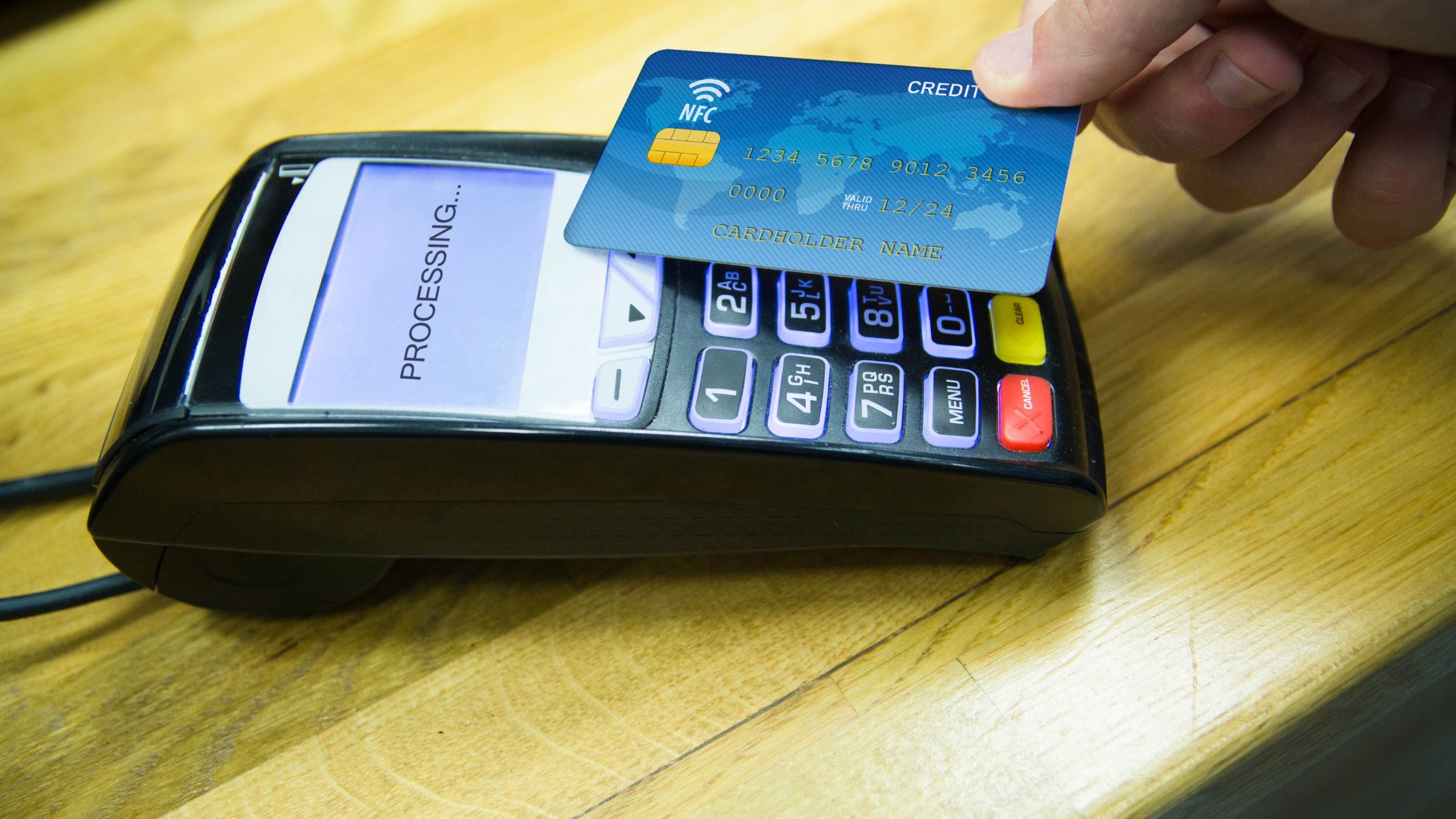
Trends & Challenges in Restaurant POS Systems
The restaurant industry continues to evolve. Customers now demand online ordering, loyalty rewards, and contactless payments. Meanwhile, operators need mobile compatibility, cloud integration, and strong data analytics. Challenges remain, such as:
- Protecting sensitive customer data.
- Operating in regions with poor connectivity.
- Supporting multi-location management.
- Keeping upfront and ongoing costs predictable.
Another challenge is training staff effectively. Many restaurants face high turnover, and a POS system must be simple enough for new employees to learn quickly. Restaurants also face pressure to integrate with third-party delivery apps, payment wallets, and loyalty platforms. The ability of a POS to integrate smoothly with these external tools has become a competitive necessity. Restaurants that adopt flexible systems stay ahead of trends, while those with outdated technology risk falling behind. Learn more about Affordable POS System for Restaurants.
How to Choose the Right POS Solution
Selecting the best POS requires careful evaluation. Use this checklist to guide your decision:
1. Feature Fit: Make sure the POS aligns with your restaurant’s service style, whether dine-in, delivery, or takeout. A strong system should also support menu customization, order modifications, and integration with third-party apps when needed.
2. Hardware Compatibility: Check whether the POS works with your current hardware, such as printers, cash drawers, or tablets. Compatibility saves costs, avoids unnecessary upgrades, and ensures a smoother setup process during implementation and training.
3. Offline Reliability: Restaurants in areas with unstable internet should prioritize offline capability. A dependable POS allows uninterrupted order taking, payment processing, and kitchen communication even when connectivity is lost, protecting revenue and customer trust.
4. Reporting and Insights: Choose a POS that delivers real-time reports on sales, menu performance, and staff productivity. Strong analytics help identify profitable items, track expenses, and support better business decisions for long-term growth and efficiency.
How Floreant POS Delivers as a Global Solution
Floreant POS offers a reliable POS solution for restaurants worldwide by combining open-source flexibility with powerful features. It runs offline, works on multiple platforms, and includes critical modules without hidden costs. Standout features include:
- Quick installation with an embedded database for immediate use.
- Rich order management: merge tickets, split items, assign servers, and manage tables visually.
- Strong financial controls: tipping, tax-inclusive pricing, card transactions, and daily reporting.
- Advanced managerial functions: access to sales reports, reconciliation tools, and user permissions.
- Customization options: being open source, it allows restaurants to adapt features or build plugins.
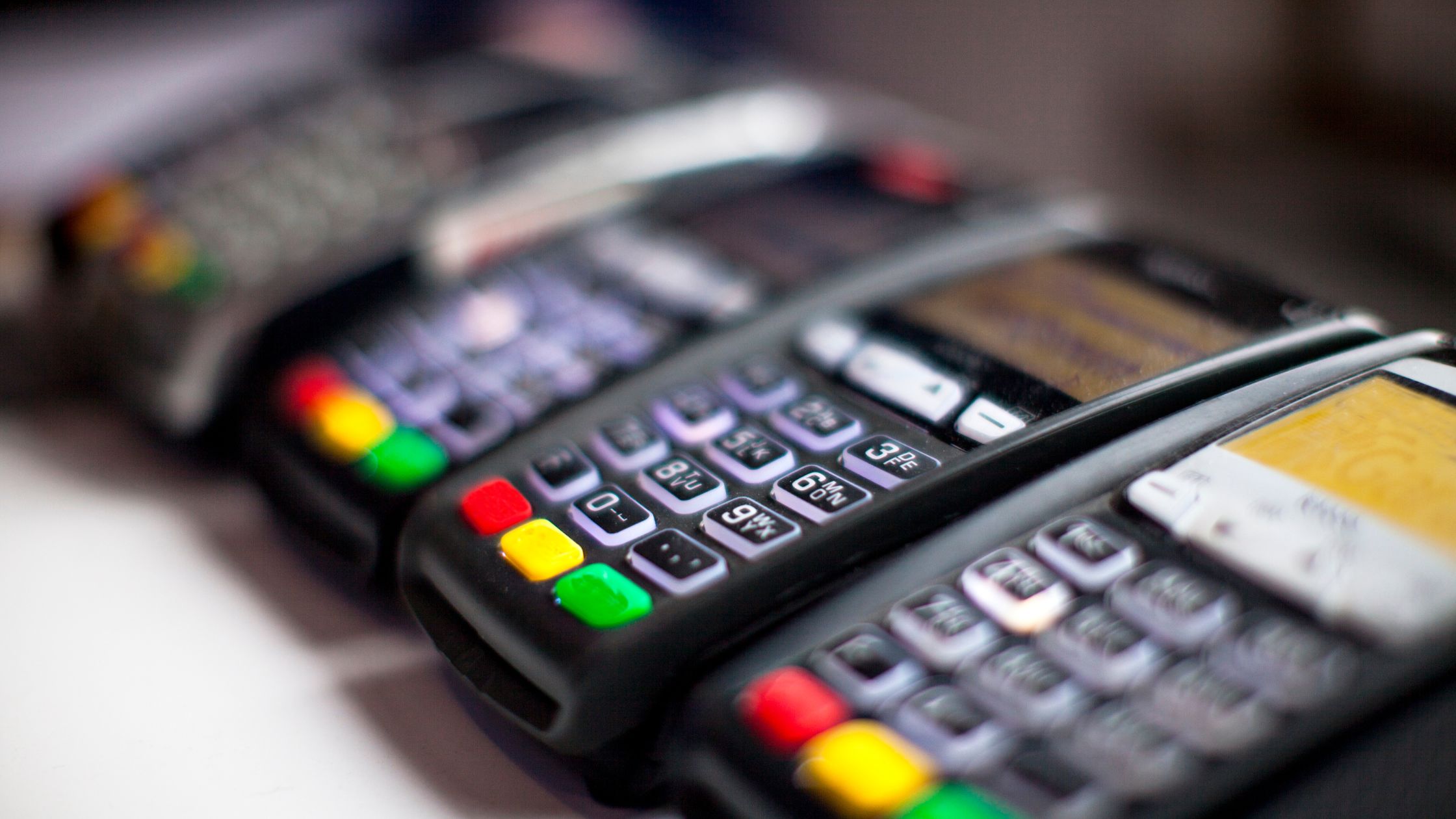
Conclusion
A powerful POS solution for restaurants worldwide can transform business operations, elevate customer experiences, and maximize profitability. With an adaptable and open-source platform like Floreant, restaurants gain speed, reliability, and cost control. The right system streamlines orders, strengthens financial management, and helps staff deliver consistent service.
For expert POS solutions designed to meet the needs of restaurants worldwide, visit Floreant — your trusted partner in building efficient, customer-focused dining operations.
FAQs
1. What makes Floreant POS different from other systems?
Floreant runs offline, avoids recurring cloud fees, and gives restaurants full control of features through open-source flexibility.
2. Can one POS solution support restaurants across multiple countries?
Yes. A global POS can adapt to different tax rules, currencies, and compliance needs, making it suitable for international operations.
3. How much does implementing a restaurant POS typically cost?
Costs vary by system. Open-source solutions reduce licensing fees, but restaurants should budget for hardware, setup, and optional support.
4. How does the right POS improve customer satisfaction?
It speeds up orders, supports accurate billing, offers flexible payments, and creates smoother dining experiences that keep customers returning.

